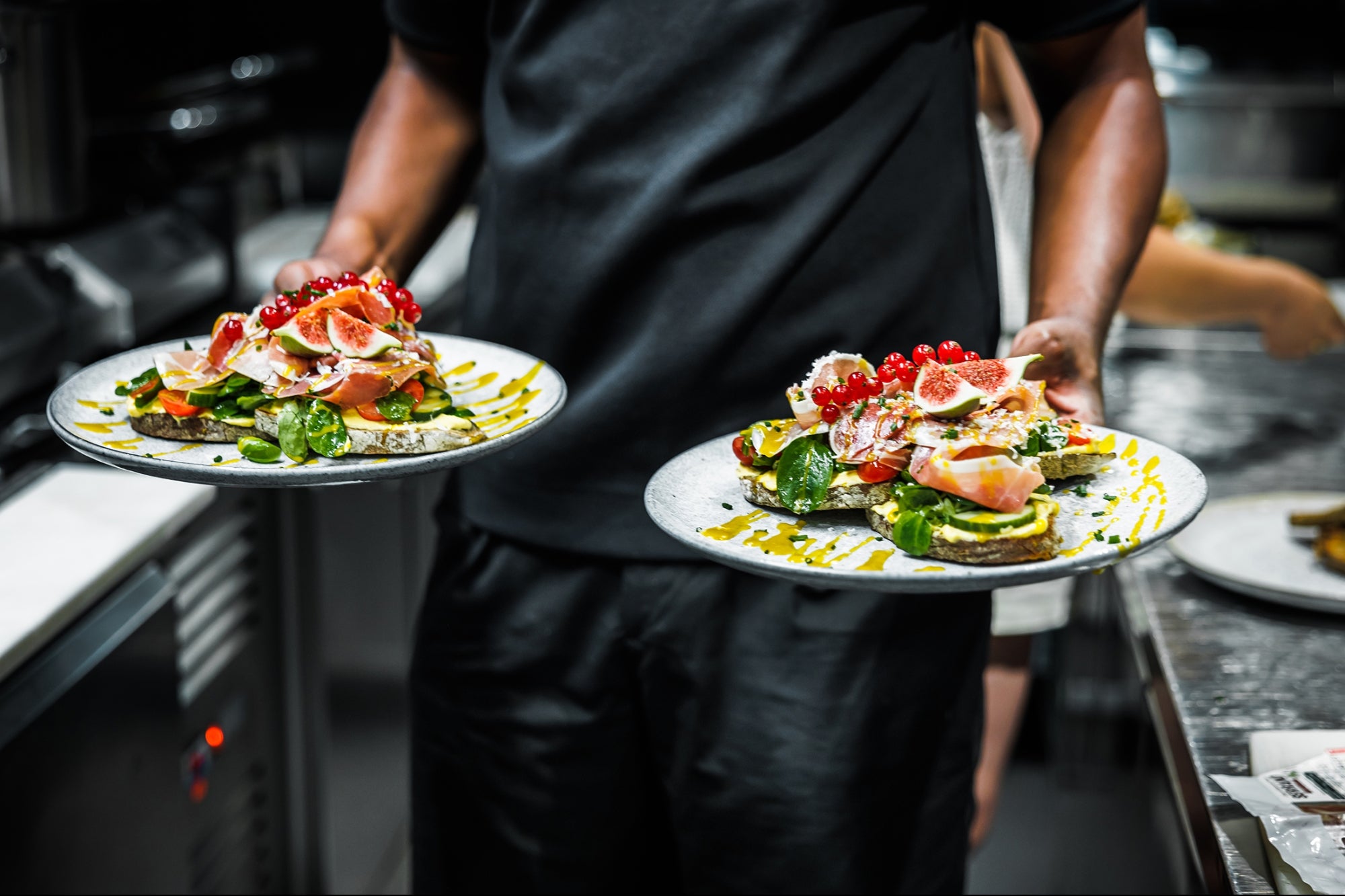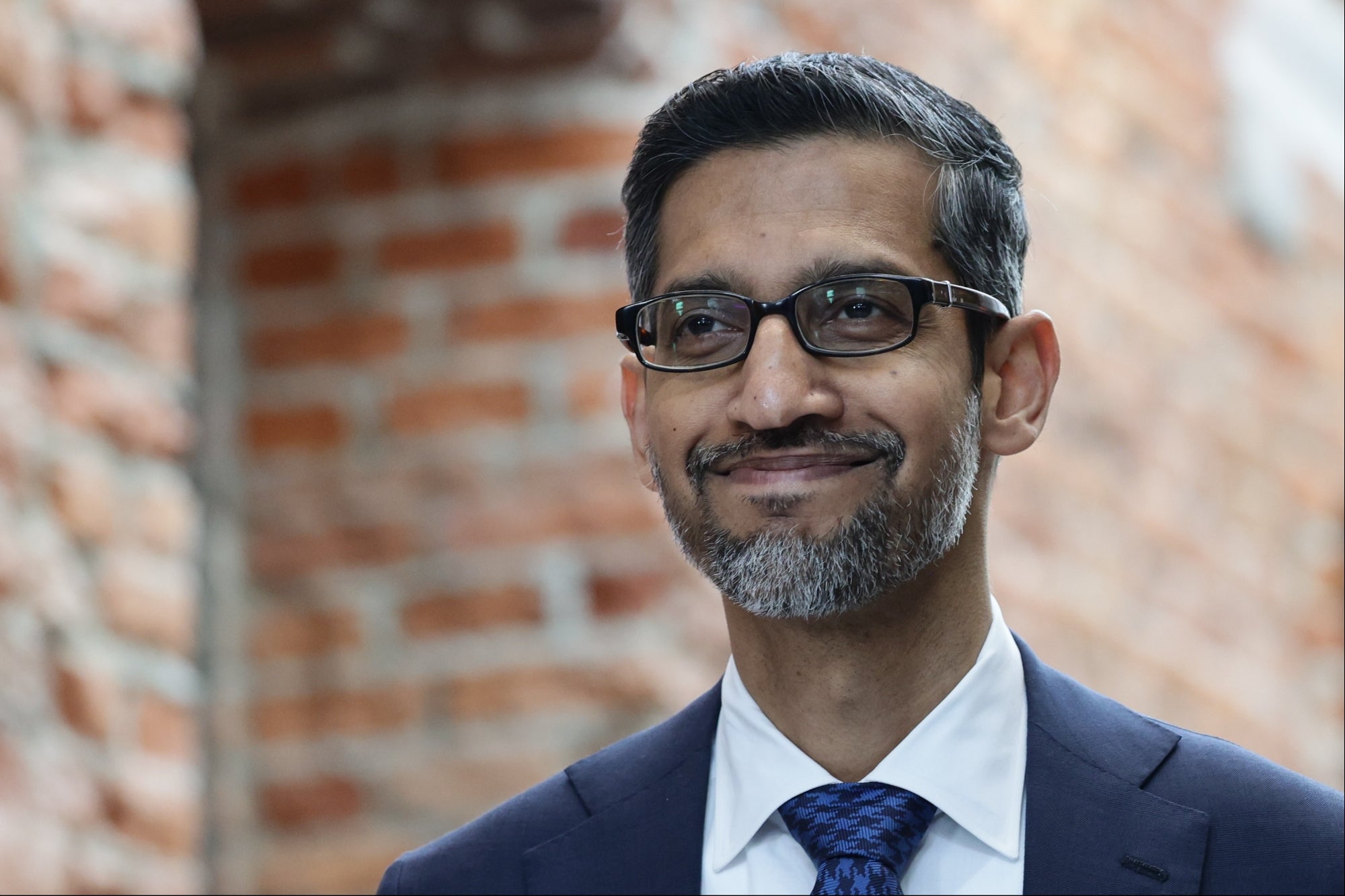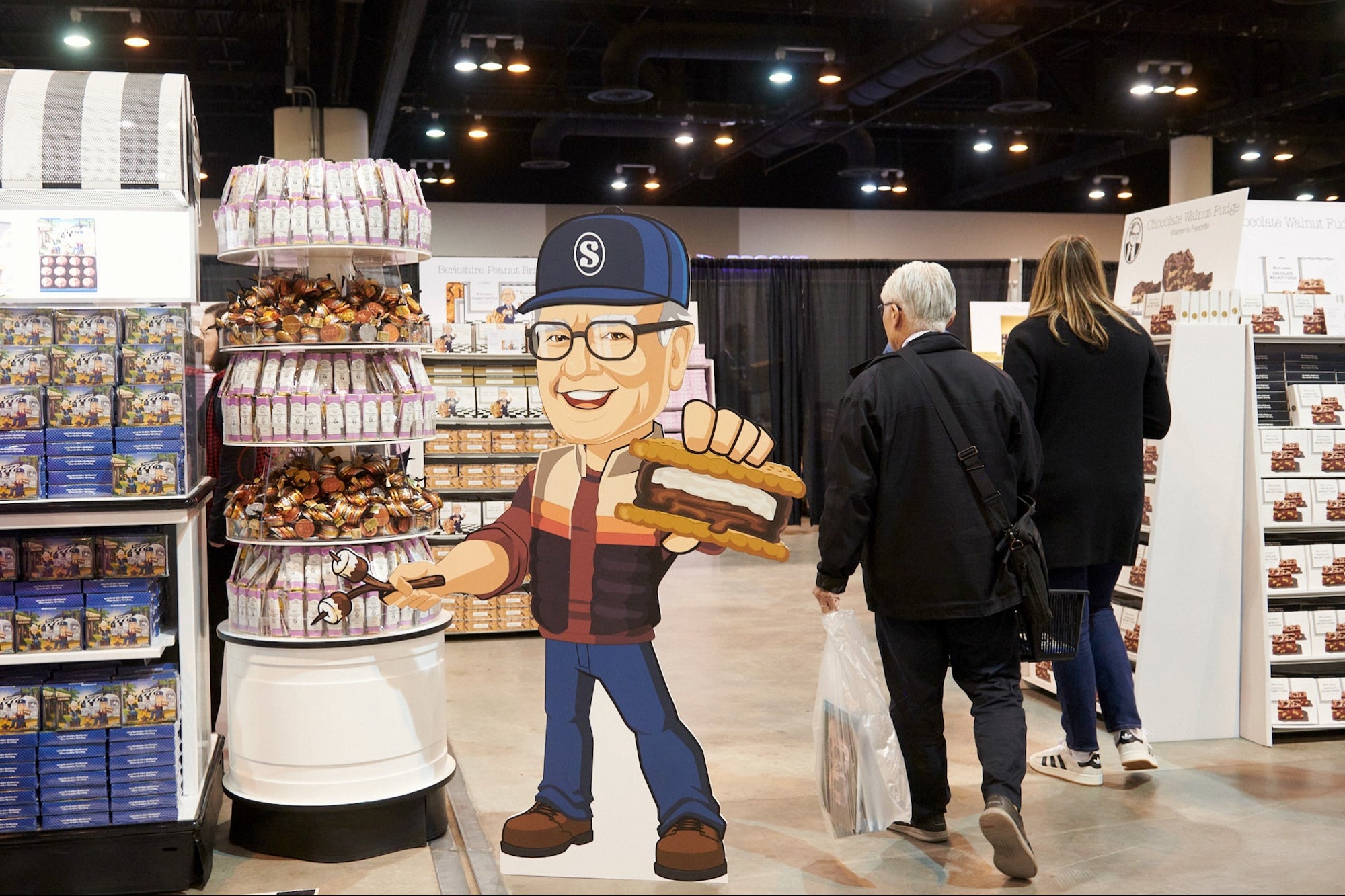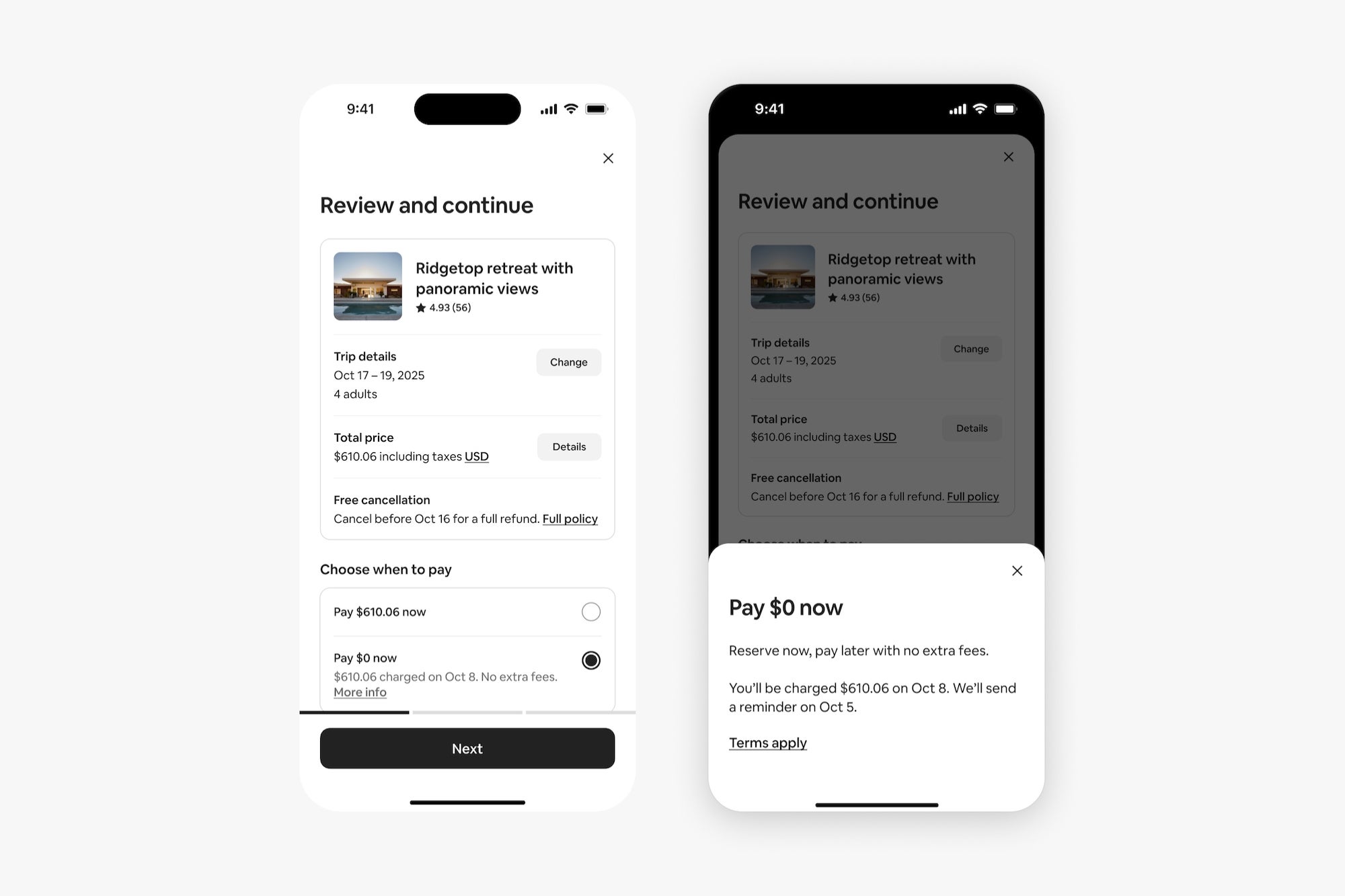What sets a restaurant apart?
It’s the food, of course, but it’s also the many little things that rookie restaurant owners overlook. For example, it’s the size of the menu. (Don’t go too big.) It’s the tech they use. (Optimize for efficiency!) And it’s the way they cook their food. Restaurant consultant Jason Kaplan especially loves seeing an open fire over wood or charcoal instead of gas or electricity.
“It’s really fantastic because it enhances the flavor and aroma of the food,” he says.
After decades in the industry, Kaplan has seen it all — and knows the patterns of success. He’s worked with some of the biggest restaurant companies, such as The Smith & Wollensky Group, Restaurant Associates/Patina Group, Le Meridien Hotel Group, and more, and opened his own consulting firm JK Consulting in 2008.
Kaplan specializes in openings and turnarounds, and services clients around the world. Here, he talks about what can give modern, independent restaurant owners a leg up in a highly competitive industry.
What do most new restaurant owners get wrong before they even open their doors?
It would have to be a combination of being undercapitalized and a lack of understanding of costs like food, labor, and rent.
Owners often misunderstand that profitability, gaining traction and becoming part of the community takes time. They also need to recognize that some spaces may not be affordable rent wise, making it difficult to turn a profit. Additionally, they should understand the food and labor costs involved and plan accordingly. This includes determining the prices for dishes and scheduling employees effectively.
What are the most impactful tech investments that small restaurants can make?
A Point-of-Sale (POS) system that is designed exclusively for restaurants, equipped with a wide range of application integrations. Also, the integration of artificial intelligence (AI) across various operations, marketing, reservations and customer experience. This will significantly reduce workload, allowing management to focus on running and marketing your restaurant, while prioritizing customer service and engagement.
What’s a red flag you see that tells you a restaurant is in trouble — and what’s the best way to fix it?
The biggest red flag I often see is offering coupons for a restaurant that has been open for a while. The sole reason a restaurant offers a discount is that they simply can’t attract enough customers.
Analyzing the profit and loss statement (P&L) provides insights into a restaurant’s financial performance, but observing the restaurant’s operations firsthand, particularly in terms of food quality and service, reveals whether it faces marketing, concept, food, or service issues. From there, it’s crucial to determine what needs to change and assess whether these changes are fixable.
What lessons from successful chains can small independent restaurants learn from?
Successful chains have remarkable systems that guarantee consistency, speed, and exceptional service. These systems encompass a wide range of elements, including employee training manuals, kitchen design, and organizational setup.
What’s something most people think matters a lot, but really doesn’t?
Most people believe that a larger menu is beneficial for customers and attracts more people. However, this is not the case. Larger menus result in higher food costs, food waste, lower food quality, longer wait times, and increased challenges for servers to manage.
What’s something that actually matters that most people don’t think about?
The bathrooms! The bathrooms are a crucial aspect of a restaurant. If the bathrooms are dirty, I will not eat there. It reflects poorly on the management and, often, the kitchen is often dirty as well.
What sets a restaurant apart?
It’s the food, of course, but it’s also the many little things that rookie restaurant owners overlook. For example, it’s the size of the menu. (Don’t go too big.) It’s the tech they use. (Optimize for efficiency!) And it’s the way they cook their food. Restaurant consultant Jason Kaplan especially loves seeing an open fire over wood or charcoal instead of gas or electricity.
“It’s really fantastic because it enhances the flavor and aroma of the food,” he says.
The rest of this article is locked.
Join Entrepreneur+ today for access.








